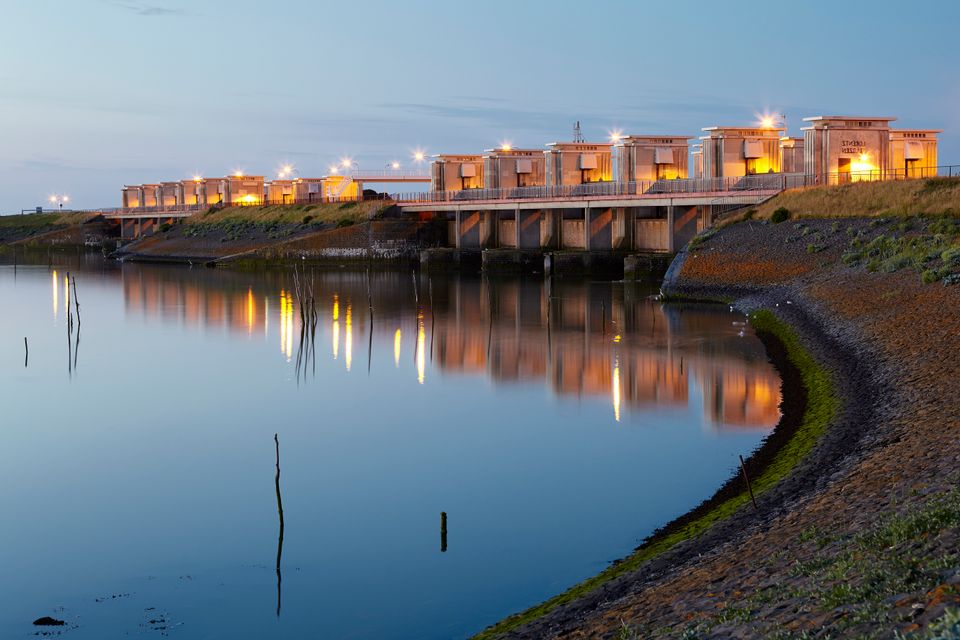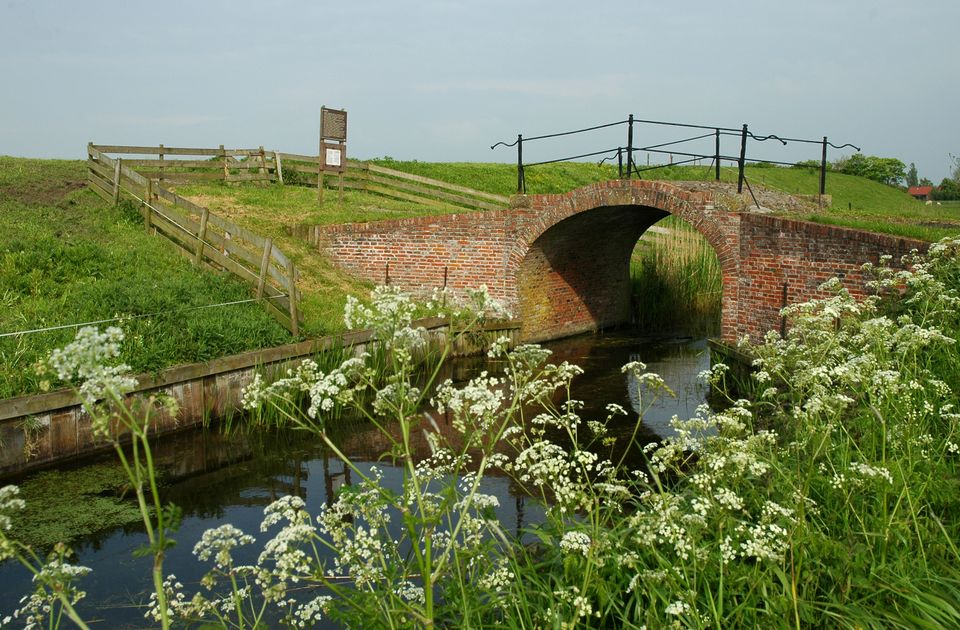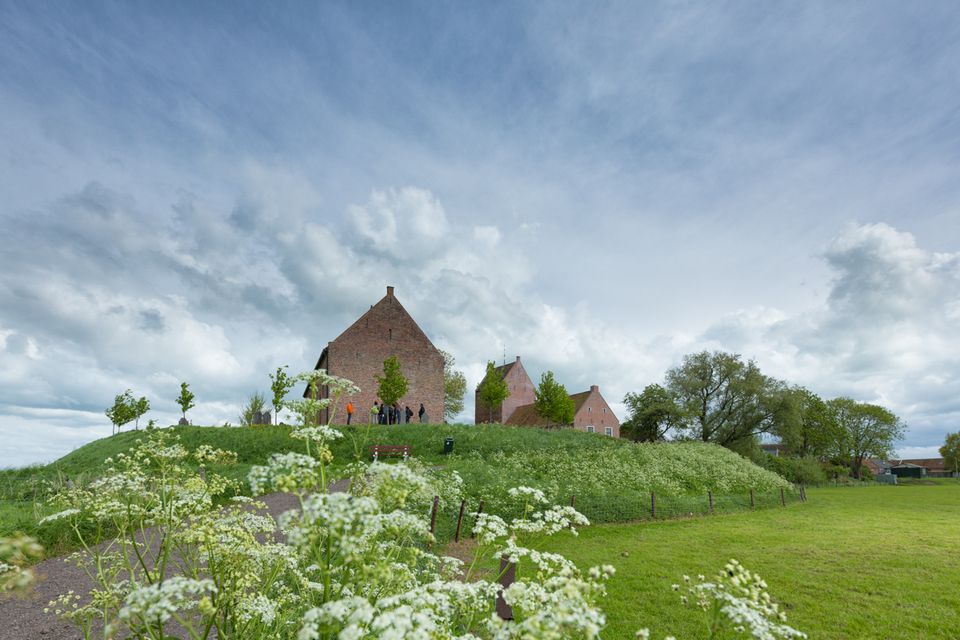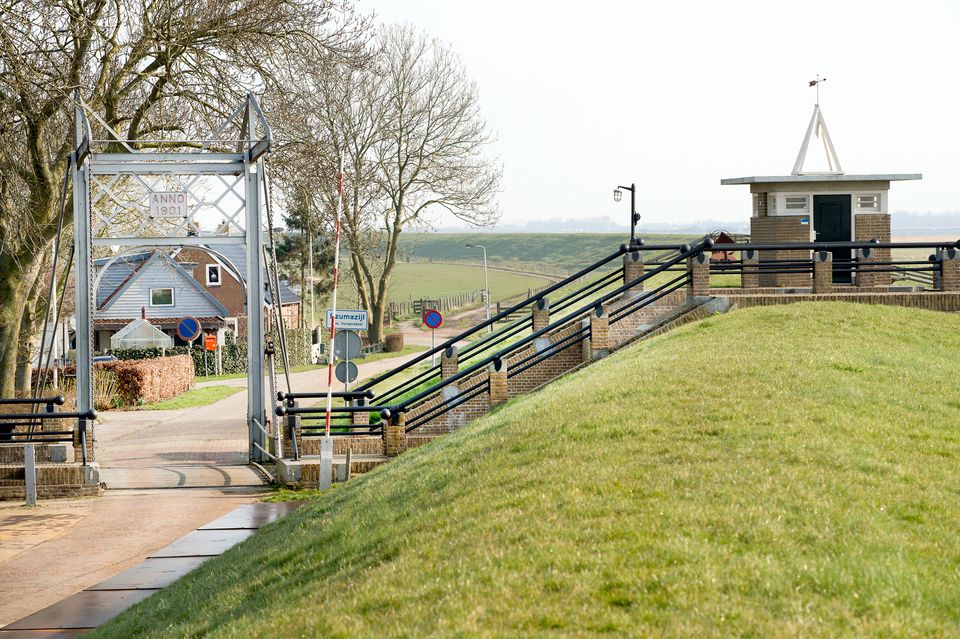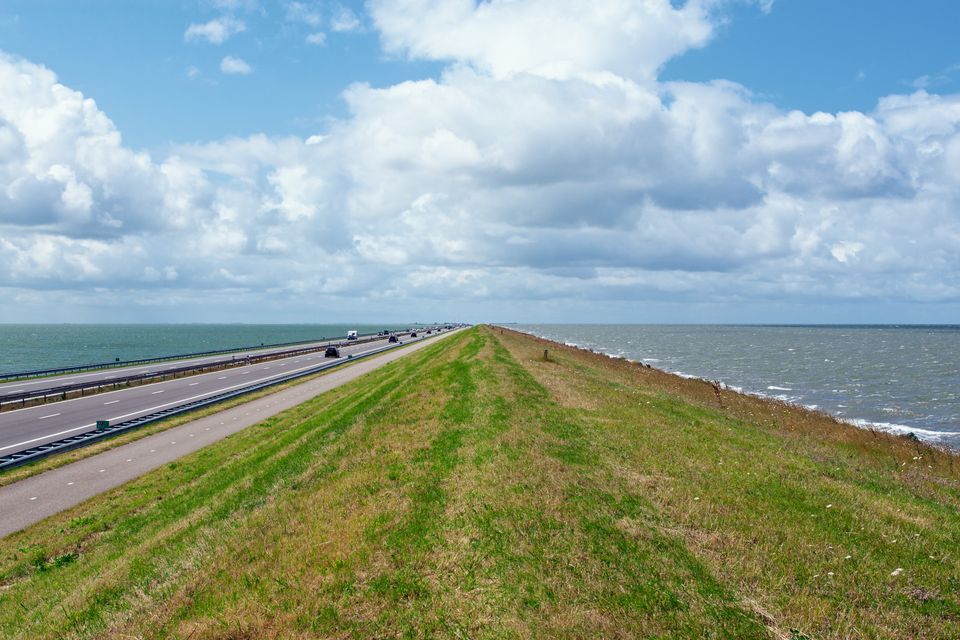Water Heritage
The Netherlands was formed by its relationship with the water and you’ll find traces of this everywhere in the Wadden area. Terps and mounds, an intricate network of dikes, pumping stations, polders and the Afsluitdijk. The Wadden has a reputation to uphold when it comes to water management. The coast and the islands have largely been reclaimed from the sea. Often it fought back with devastating storm floods. But the Wadden area made peace with the sea. For the first time in history water is allowed more space; a sustainable answer to climate change.
Birthplace of water management
The story of the Dutch and their very unique relationship with water starts in the Wadden area. From around 600 BC onward the first inhabitants settled along the coastline and built their famous terps and mounds. The story of man versus water remains fascinating and still continues today. It is the story of pioneers in a rugged environment, ingenious inventions and mechanical ingenuity, land reclamation, draining and creating endless horizons. But also of living below sea level with all its inherent risks.

Reclaimed landscape
The landscape of the Wadden area is a reflection of the relationship between man and nature. Climate change and storms formed its coastline. But so did we. Man bent nature to his will and reclaimed more and more land from the sea. Texel is a perfect example of this. The island was created in 1170 in the aftermath of the devastating All Saints’ Flood. Until around 1630 it consisted of two smaller islands. The inhabitants widened the beach and the dunes on the north-western side with sand-retaining plants, creating a sand dike and impoldering the land behind it.

First terps
The mainland’s coastline grew with the dynamics of the Wadden Sea and increasing knowledge of water management. With each tide the sea left behind a little bit of sediment, raising the land along the coast. The fertile clay soil attracted the first settlers. They extracted sod from the marsh which they used to raise terps and mounds. Archaeological research shows that from the 1st century on the inhabitants of the terps began to construct ring dikes around the terps to protect their crops from flooding.
Fresh start
Around the year 200 this no longer sufficed and floods made it virtually impossible to live in the coastal area. Terps were submerged and the inhabitants began to retreat. Early in the 5th century the floods diminished and new settlers arrived, using the remnants of the terps as a base for new terps and mounds. Farm terps became terp villages, sometimes even cities, such as Leeuwarden and Dokkum. The Wadden coast became one of the most densely populated areas in Europe, comparable to Paris in those days. And despite many terps being dug away in the 19th and 20th century, countless ‘Dutch mountains’ with their tough little Roman churches still dominate the skyline of this vast and ancient cultural landscape.
Dikes and water works
The inhabitants’ needed more space to feed the growing population and for trade. So in the 10th century they began building dikes systematically. The first dikes formed a ring with several terps on top; such as the Pingjumer Halsband - now a beautiful walking route. The centre of the ring was agricultural land. Two centuries later there were already legal sources referring to ‘sea dikes, water corridors and locks’.
During the following centuries sea channels were impoldered and the sea dike was moved bit by bit. And with each new dike techniques had advanced. This is particularly visible in the scale of the landscape in Groningen. It is an incredibly unique experience. Walking or cycling from the oldest terp villages via the dike coupures toward the Wadden Sea is a bit like time travelling.
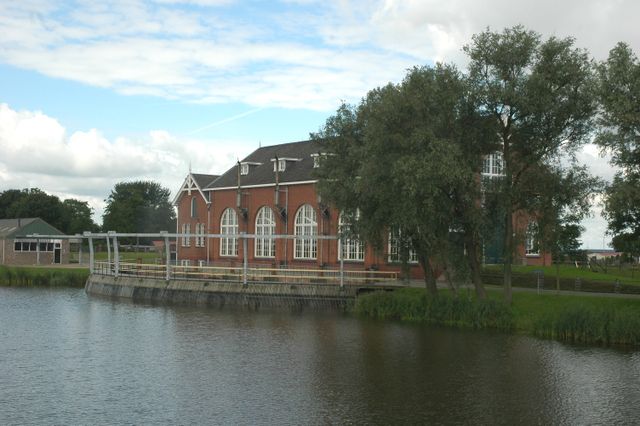
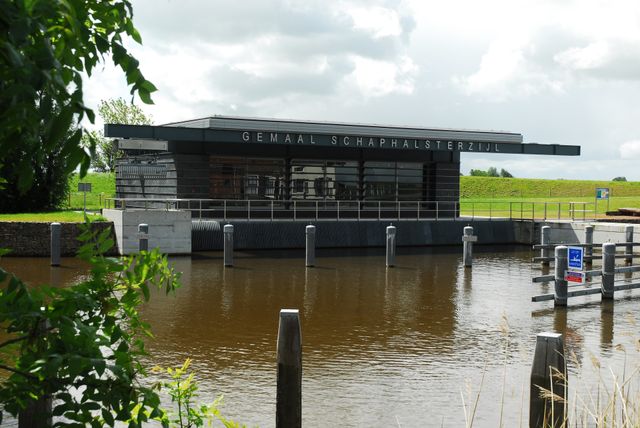
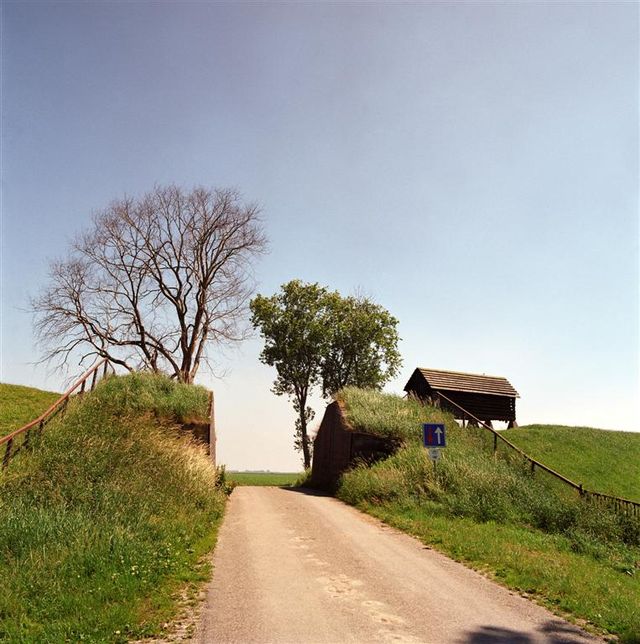
It also demonstrates how water safety and water management have advanced over time. All along the Wadden coast you’ll come across the names of scientists who were involved: streets, locks and pumping stations were all named after them. Willem Loré (1679 - 1744) is one of those names. This mathematician made a revolutionary design for dike construction: wider and with a more gradual slope. These dikes proved to be better equipped to withstand the waves and were even cheaper to construct.
Christmas flood
This type of innovation prevented thousands of people from becoming victims of storm floods and dike bursts. On Christmas Eve 1717 the Wadden coast faced its last disaster. The flood that went down in history as the Christmas Flood hit Groningen particularly hard, claiming around 2500 lives. From then on it has been safe to live behind the dike.
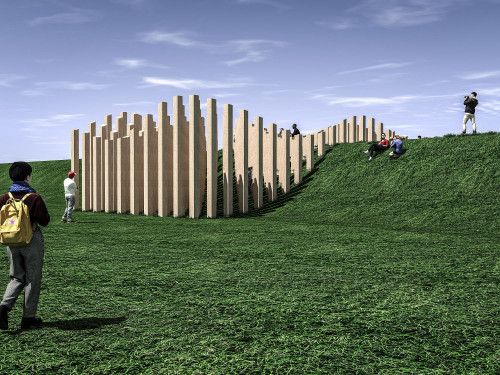
The Nieuwe Afsluitdijk
The Netherlands became a role model in water safety and water management. Dutch Delta Design is famous the world over. All along the Wadden coast you’ll find mechanical engineering gems and one priceless diamond: the Afsluitdijk from 1932. This 30 kilometre long dike, that is actually a dam rather than a dike, closed off the Zuider Zee from the Wadden Sea to protect cities such as Amsterdam. An icon of Dutch water works and visited each year by thousands of tourists from the Netherlands and abroad.
Alterations will be made to this monument in the coming years. Safety is a primary reason. The dike must be renovated due to climate change. But this time nature will profit from the ingenuity and knowledge of the dike builders rather than - as in the past - become its victim. The Nieuwe Afsluitdijk will generate energy. And for the first time in history an opening will be made in the water barrier allowing fish free passage to their spawning grounds in the Rijnstroom area.
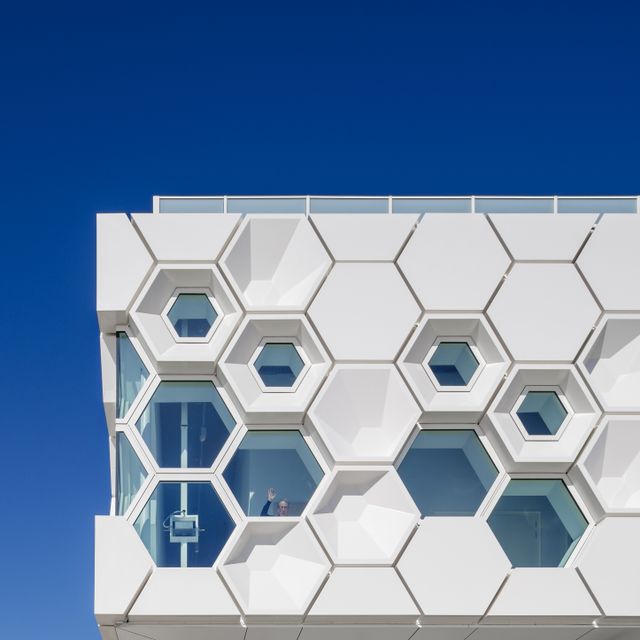
Fish Migration River
The Fish Migration River is the perfect example of how the current inhabitants of the Wadden area in many places along the Wadden Sea World Heritage Site are living in harmony with the sea rather than fighting against it. Eco-engineering at its best. In the brand new Afsluitdijk Wadden Center in Kornwerderzand – also the information centre for the Wadden Sea World Heritage Site - you’ll learn about this and many of the other water heritage stories in the Wadden area.
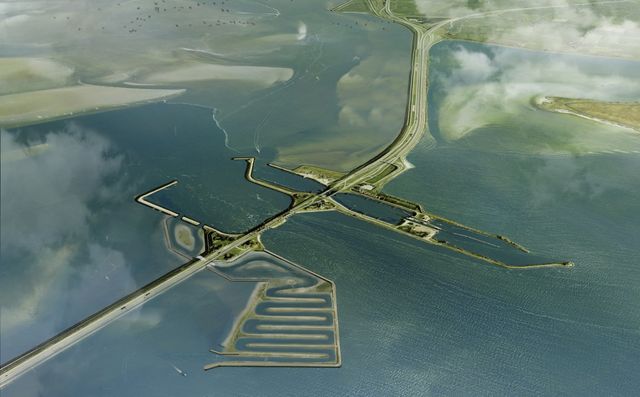
5 WONDERFUL WATER HERITAGE EXPERIENCES
-
Afsluitdijk Wadden Centre
Afsluitdijk Wadden Centre

-
Visitor's centre Terp Hegebeintum
Visitor's centre Terp Hegebeintum

-
Kroon's polder excursions
Kroon's polder excursions
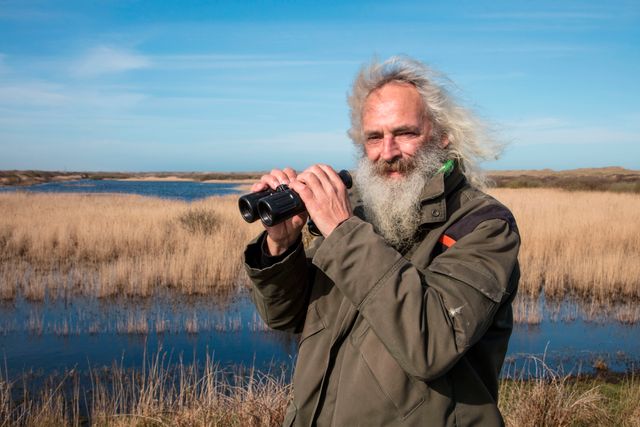
-
Go with a water engineer
Go with a water engineer
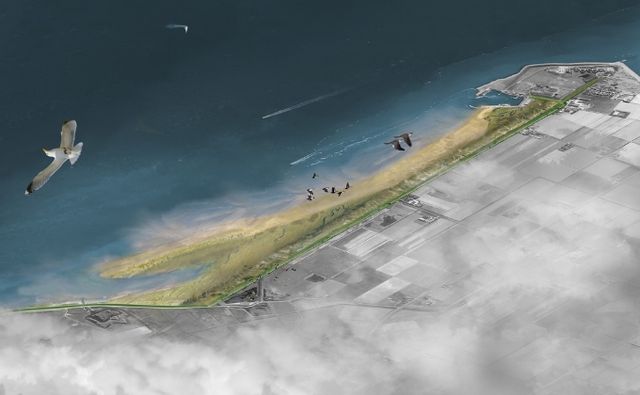
-
Vlieter monument by Dudok
Vlieter monument by Dudok

-
'Drenkeling huisje'
'Drenkeling huisje'


